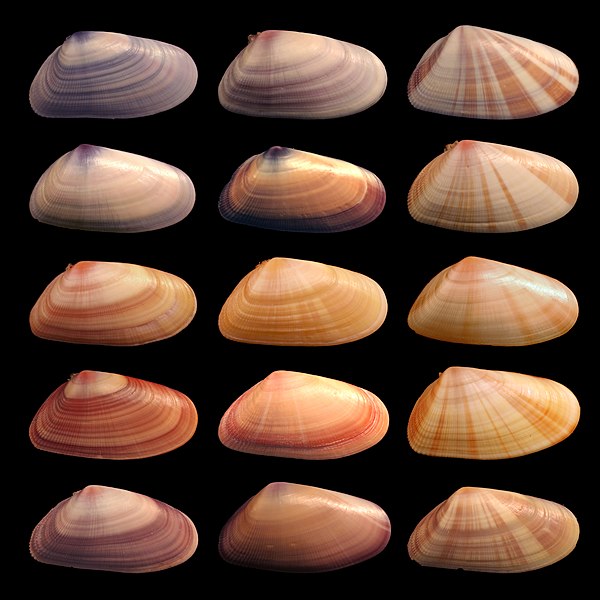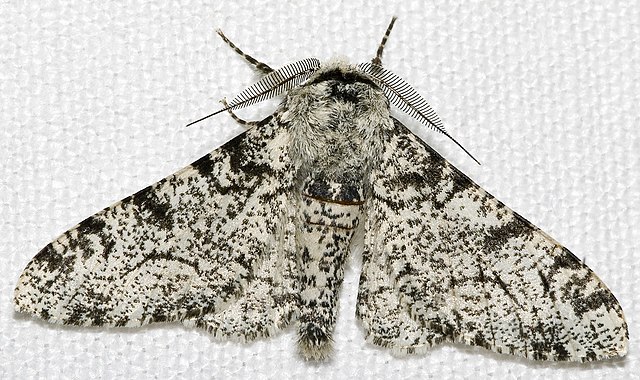A phenotypic trait, simply trait, or character state is a distinct variant of a phenotypic characteristic of an organism; it may be either inherited or determined environmentally, but typically occurs as a combination of the two. For example, having eye color is a character of an organism, while blue, brown and hazel versions of eye color are traits. The term trait is generally used in genetics, often to describe phenotypic expression of different combinations of alleles in different individual organisms within a single population, such as the famous purple vs. white flower coloration in Gregor Mendel's pea plants. By contrast, in systematics, the term is character state is employed to describe features that represent fixed diagnostic differences among taxa, such as the absence of tails in great apes, relative to other primate groups.
Eye color is an example of a (physical) phenotypic trait
In genetics, the phenotype is the set of observable characteristics or traits of an organism. The term covers the organism's morphology, its developmental processes, its biochemical and physiological properties, its behavior, and the products of behavior. An organism's phenotype results from two basic factors: the expression of an organism's genetic code and the influence of environmental factors. Both factors may interact, further affecting the phenotype. When two or more clearly different phenotypes exist in the same population of a species, the species is called polymorphic. A well-documented example of polymorphism is Labrador Retriever coloring; while the coat color depends on many genes, it is clearly seen in the environment as yellow, black, and brown. Richard Dawkins in 1978 and then again in his 1982 book The Extended Phenotype suggested that one can regard bird nests and other built structures such as caddisfly larva cases and beaver dams as "extended phenotypes".

The shells of individuals within the bivalve mollusk species Donax variabilis show diverse coloration and patterning in their phenotypes.
ABO blood groups determined through a Punnett square and displaying phenotypes and genotypes
Exploring relationships among phenotype, genotype and environment at different levels
Biston betularia morpha typica, the standard light-colored peppered moth





